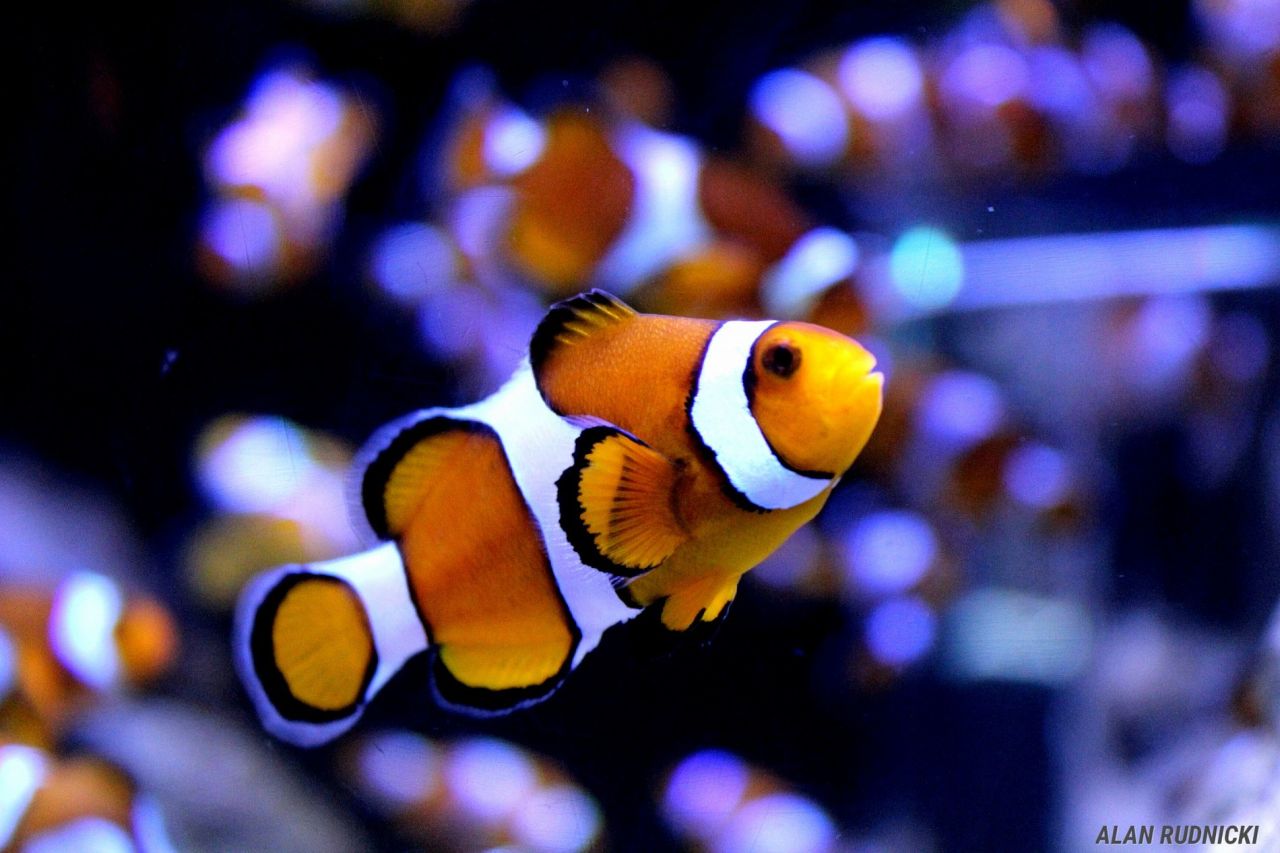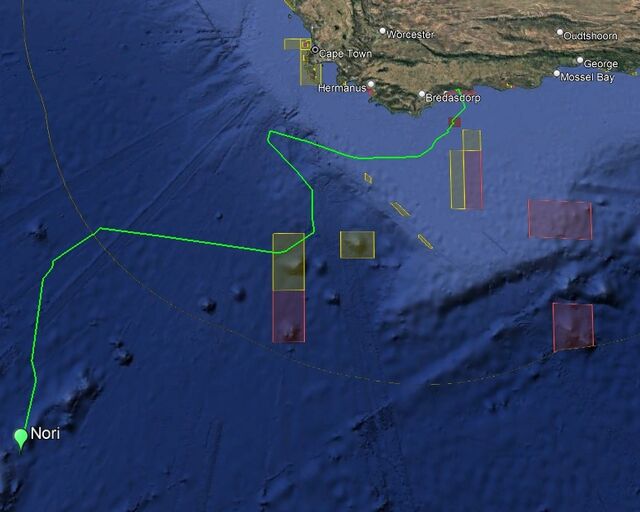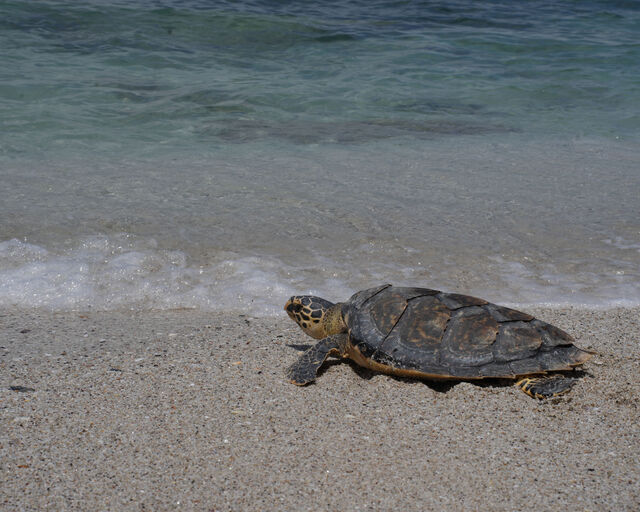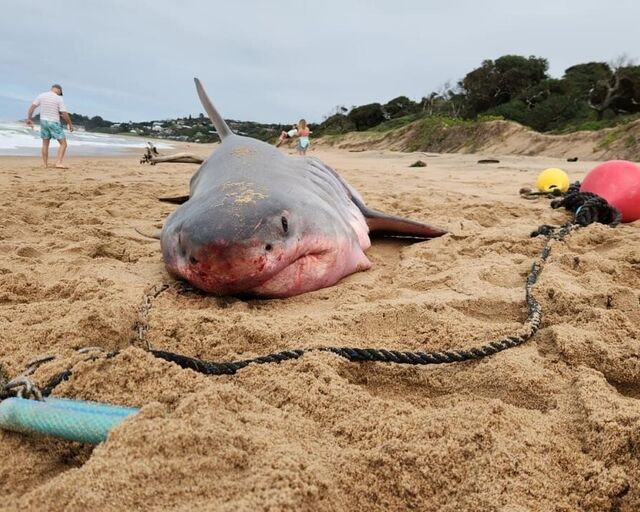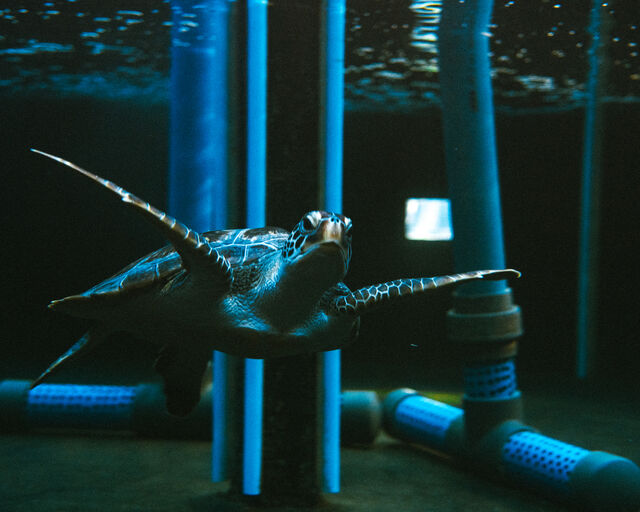Animals have been part of the human culture since the beginning of time. Fairy tales, myths, legends and beliefs, all bring animals into the human narrative that is passed from generation to generation. And today, this is no different. We may have “modernised” and we may have become more aware and reliant on electronics, but even now, we tend to bring the natural world into our cultural and electronic development. Let’s have a look at some of the mentions of marine animals in pop culture:
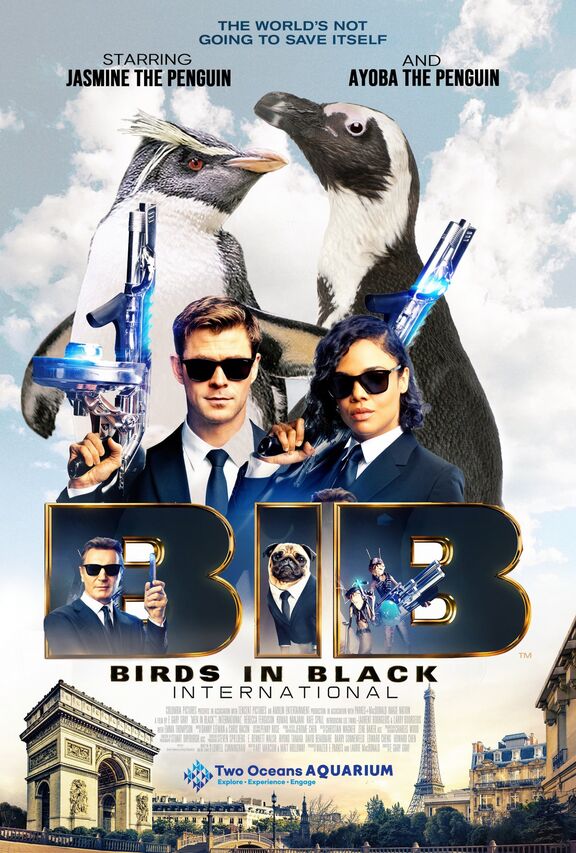
At the Two Oceans Aquarium, we have a number of shark species like ragged-tooth sharks as well as pyjama sharks and gully sharks. Through the ages, sharks have certainly made their mark in popular culture. There are the usual overly negative depictions, like Jaws (books and film) and the sharks from the movies Deep Blue Sea, The Meg and Sharknado, and the less common "friendly shark", like Bruce from Finding Nemo. These are the well-known examples, but there are hundreds of more obscure shark references in pop culture. Street Sharks is an animated series featuring crime-fighting half-human-half-shark brothers. There are even shark characters in the ever-popular Dungeons and Dragons, though technically, they are actually weresharks. Sharks also make their appearances in popular video games like Grand Theft Auto V, Tomb Raider: Underworld, and the hugely popular Animal Crossing series.
Did you know that in the Batman series, before the Penguin bought the Gotham Museum and turned it into his hideout, Tiny, the great white shark was a popular attraction there? And that Batman apparently carries some serious shark repellent that can blow up a shark?
Speaking of penguins, these feathered fowl also feature quite prominently in popular culture. As mentioned above, Batman has to face off to the Penguin. Technically he isn’t a real penguin, but he certainly tries to be. Batman’s enemy is not the only villainous penguin around. If you ever meet Feathers McGraw from Wallace and Grommet, be very careful of him and his chicken disguise. Cody, from the hugely popular animated movie Surf’s Up, is a young northern rockhopper penguin, just like the ones we have at the Aquarium, and we can definitely see the resemblance in their looks and character. Then there is the gang from Penguins of Madagascar and not to forget an all-time favourite – the Happy Feet movies. In the world of electronic games, penguins feature in quite a few very popular games like Pokémon, Club Penguin and even Donkey Kong Country. What is really surprising is that even though we find penguins absolutely adorable and cute, very many of those featured in movies, and electronic media, are representative of the protagonists, making evil plans to overthrow the world.
Did you know that in the movie Fight Club, the narrator’s “power animal” is a talking penguin? No? Neither did we.
Cephalopods are marine molluscs that have at least eight arms, a siphon (used for movement), a mantle and two eyes. You know, your regular octopus, squid and cuttlefish design. At the Aquarium we occasionally have cuttlefish, but we just about always have an octopus for people to meet. Looking at cephalopods in popular culture, we have to start with giant squid. In the Harry Potter book series, there is a friendly “lifeguard” giant squid that lives in the lake at Hogwarts. Other mentions of giant squid are however not all that friendly. There is the beast that James Bond has to fight in Dr No, the band of seven giant squid that attacked Captain Nemo’s submarine in Twenty Thousand Leagues Under the Sea, not to mention the swarm of giant squid in H.G Well’s The Sea Raiders. These squids were definitely up to no good as, according to the book, they killed eleven people in a boat and even attack a man on land. Thank goodness that this is just fiction. In the Mario franchise of video games, Mario often has to fight squid-like monsters called “Bloopers”.
Did you know that in the 2018 animated movie Hotel Transylvania 3: Summer Vacation, the singing Kraken is voiced by Joe Jonas?
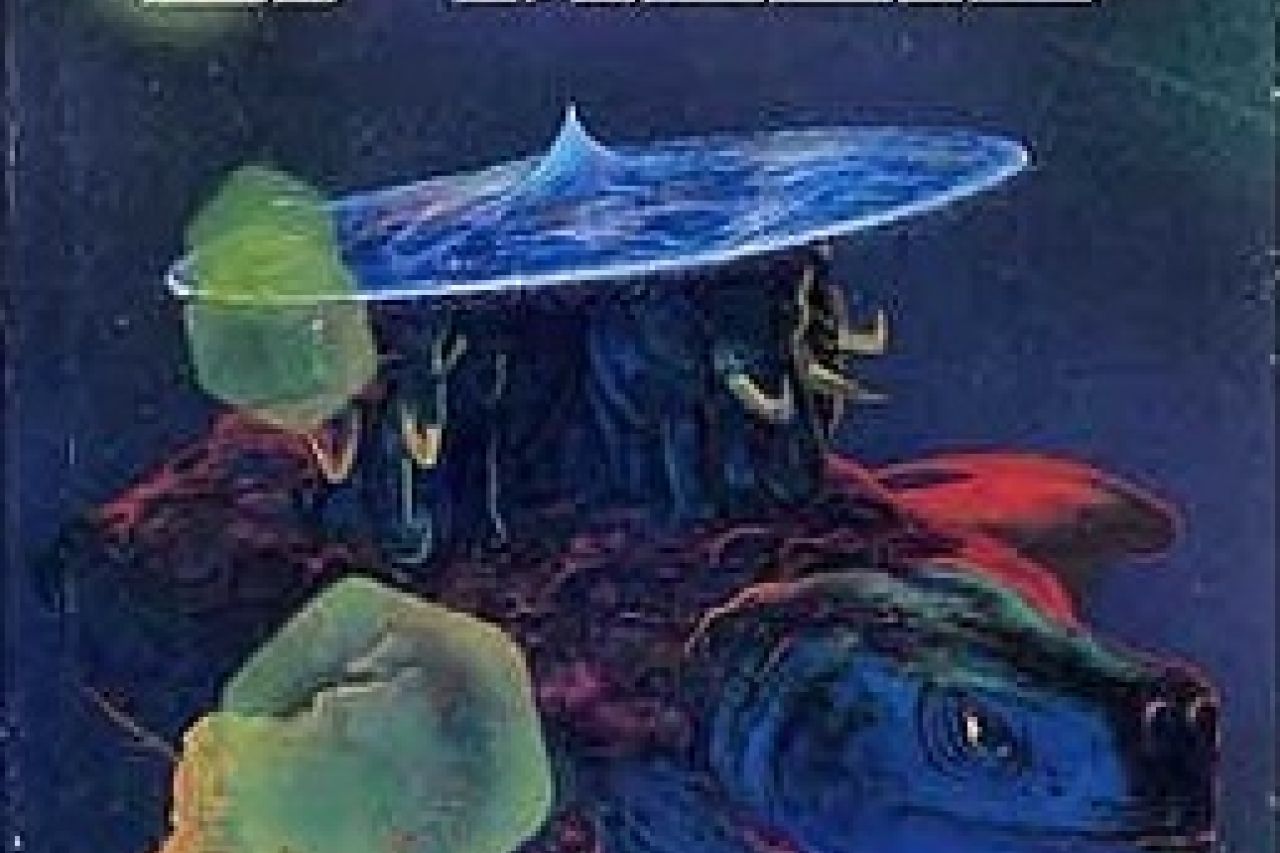
But the giant squid can hold no tentacle to the myth, the monster and the mayhem of the Kraken. The legendary sea monster is said to be gigantic in size, resembling a squid or an octopus. From Scandinavian origins, it is said to live off the coasts of Norway and Greenland and makes best use of its time by terrorising sailors. The Kraken has also tentacled its way into modern-day storytelling and popular culture. Marvel comics have adopted the Kraken not only as a sea monster, but also as the codename and costumed identity of some of the high-ranking members of HYDRA (the bad guys). Let’s not forget the Kraken of all Krakens. Yes, the one that does Davy Jones’ dirty work in the movie Pirates of the Caribbean: Dead Man’s Chest.
Did you know that, in Pirates of the Caribbean: Curse of the Black Pearl, Jack Sparrow apparently escaped the island he was marooned on by lashing two sea turtles together, with hair from his own back.
Finally, let’s have a look at mammals in popular culture. The Aquarium does not have any mammals to relate this to, but we will be amiss if we do not mention at least two. When thinking about marine mammals in popular culture, one of the first examples that will jump out at any bibliophile is certainly Moby-Dick by Herman Melville. Written in 1851, the novel documents Captain Ahab’s obsession with the vengeful white whale that relieved him of his leg. When released, the book did not make a splash. It was seen as a commercial failure and it was only in the 20th century that the book was recognised for its vivid storytelling and its exploration of class, social status and good and evil. Though it took some time, the book has certainly cemented itself within popular culture.
Did you know that a GI Joe episode featuring a killer whale, has been described as one of the most bizarre episodes ever produced? The episode is called “Iceberg Goes South”, if you are interested.
Staying with the theme of whales, if you haven’t seen the movie Whale Rider, do yourself a favour and give it a watch. This 2002 New Zealand film, based on the novel by Witi Ihimaera deals with the struggles of Pai, a 12-year-old Māori girl, who according to tradition, and the firm believes of her traditionalist grandfather, cannot become chief of the tribe. Pai sets out to change this and to become the tribal leader. Considering what the world is currently going through, Pai’s final declaration in the movie, is quite fitting: “My name is Paikea Apirana, and I come from a long line of chiefs stretching all the way back to the Whale Rider. I'm not a prophet, but I know that our people will keep going forward, all together, with all of our strength."
